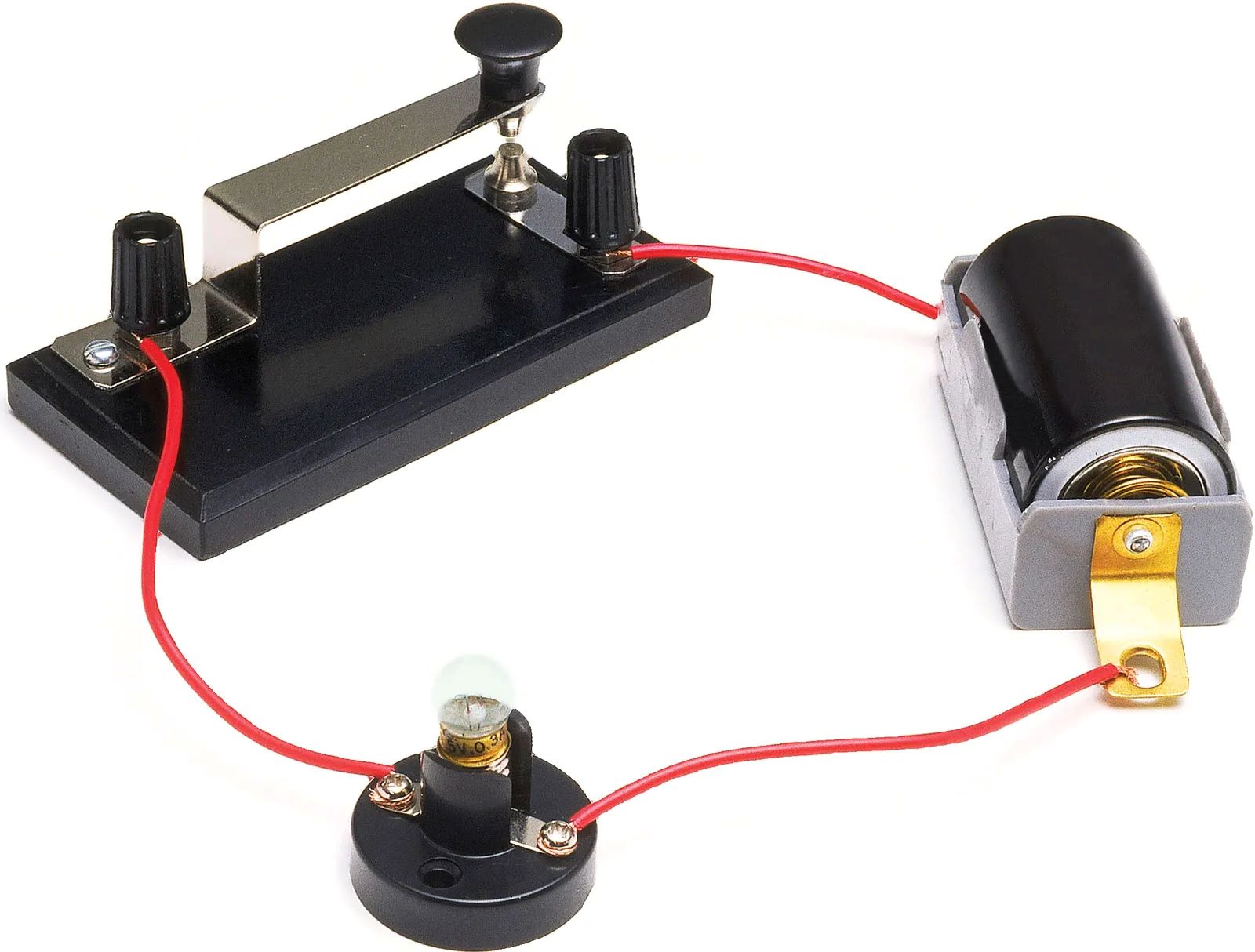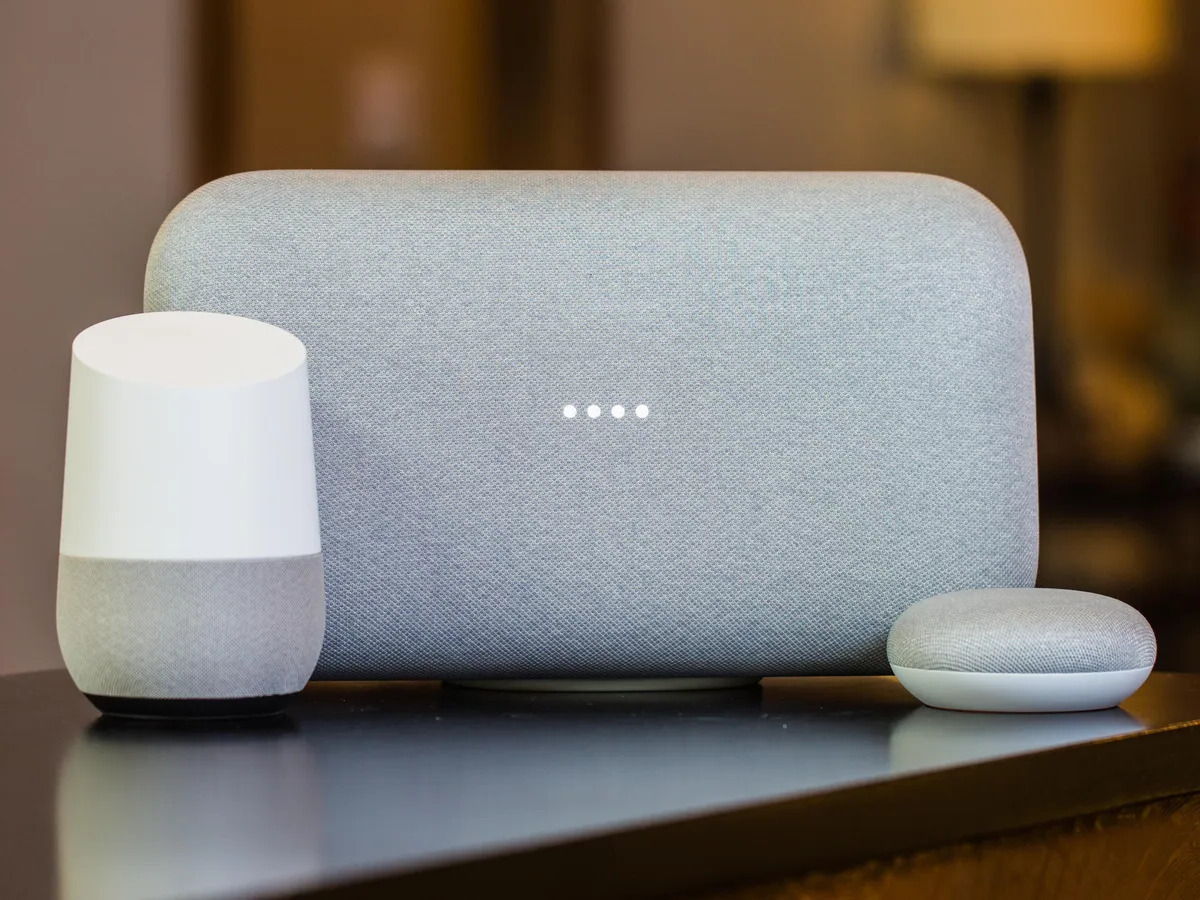
Circuits are fascinating and fundamental components of our modern technological world. From the electrical circuits that power our homes to the intricate circuitry found in our smartphones and computers, circuits drive the devices and systems that shape our daily lives. Whether you’re a tech enthusiast or simply curious about how things work, learning about circuitry can be both educational and captivating.In this article, we will dive into 20 circuit facts that will pique your interest and expand your knowledge. From the basics of circuit components to fascinating tidbits about electricity and circuit design, these facts will give you a deeper understanding of this essential aspect of technology. So, let’s explore the world of circuits and uncover some intriguing details that will leave you amazed!
Key Takeaways:
- Circuits are the building blocks of modern technology, powering everything from smartphones to spacecraft systems. Understanding their components and functions is essential for anyone interested in electronics.
- The development of circuits continues to advance, with new technologies like nanotechnology and quantum computing promising even smaller and more powerful circuits in the future.
The first documented circuit dates back to 1800.
During this time, Italian physicist Alessandro Volta invented the Voltaic Pile, which is considered the first electrical battery. This marked the birth of the modern electrical circuit.
Thomas Edison patented the first commercially viable incandescent light bulb circuit in 1879.
With this invention, Edison revolutionized the concept of electric lighting and paved the way for modern illumination systems.
The integrated circuit was invented in 1958.
Jack Kilby of Texas Instruments and Robert Noyce of Fairchild Semiconductor independently developed this groundbreaking technology, which made way for the miniaturization of electronic devices.
Circuits are fundamental components of electronic devices.
From smartphones to computers to home appliances, circuits are used to control and direct the flow of electric current, enabling these devices to function.
There are two main types of circuits: series and parallel.
In a series circuit, components are connected end-to-end, forming a single pathway for current flow. In a parallel circuit, components are connected separately, creating multiple pathways for current to travel.
The resistance of a circuit is measured in ohms (?).
Resistance determines how much current can flow through a circuit. It is represented by the symbol “R” and can be calculated using Ohm’s Law: R = V/I.
Ohm’s Law relates voltage, current, and resistance in a circuit.
The equation V = IR expresses the relationship between voltage (V), current (I), and resistance (R) in an electrical circuit.
Circuits can be powered by both direct current (DC) and alternating current (AC).
DC flows in one direction while AC periodically reverses direction. The type of current used in a circuit depends on the device’s requirements and the power source.
A circuit breaker protects circuits from electrical overload.
When there is an excessive flow of current, the circuit breaker automatically interrupts the circuit, preventing damage to the components and reducing the risk of fire.
Printed circuit boards (PCBs) provide a compact and organized platform for circuit components.
These boards contain thin layers of conductive material and non-conductive substrate, allowing for efficient circuit assembly and easy maintenance.
Transistors are key components in electronic circuits.
These semiconductor devices amplify and switch electronic signals, playing a crucial role in the functioning of various electronic devices, including computers and audio systems.
Circuits can be designed to perform specific functions.
From logic gates to timers to amplifiers, circuits can be tailored to meet specific requirements and perform specialized tasks in various applications.
Digital circuits use binary logic.
Binary digits, or bits, are represented by ones and zeros, allowing for the storage and manipulation of information in digital devices.
Capacitors store and release electrical charge in circuits.
These passive electronic components are commonly used for storing energy, filtering signals, and improving power factor correction in circuits.
Inductors store energy in a magnetic field.
These passive components resist changes in current flow and are commonly used in circuits to control the timing and smooth out the oscillations.
Diodes allow current to flow in one direction.
These semiconductor devices act as one-way valves, allowing current to flow freely in one direction while blocking it in the opposite direction.
Resistors control the flow of current in circuits.
These passive components are used to limit or regulate the amount of current flowing through a circuit, thereby protecting other components from damage.
Integrated circuits have revolutionized the electronics industry.
The miniaturization of circuit components onto a single chip has led to the development of powerful and compact electronic devices that we use in our daily lives.
Circuits can be found everywhere, from simple household appliances to complex spacecraft systems.
Understanding circuits is essential for anyone working with electronics, as they form the foundation of modern-day technology.
The development of circuits continues to advance with the emergence of technologies like nanotechnology and quantum computing.
These cutting-edge advancements promise even smaller and more powerful circuits that will shape the future of electronics.
Conclusion
Circuits are fascinating and fundamental components of modern-day technology. They form the backbone of our electronic devices, allowing them to function seamlessly. In this article, we have explored 20 intriguing facts about circuits that are sure to amplify your understanding and appreciation for these ingenious inventions.From the discovery of electricity to the development of complex integrated circuits, we have witnessed remarkable advancements over the years. We have also touched upon concepts like voltage, current, resistance, and various circuit components such as resistors, capacitors, and transistors. Understanding these concepts is crucial for engineers, hobbyists, and anyone interested in the inner workings of electronic devices.As technology continues to evolve, circuits will play a pivotal role in shaping our future. Whether it’s advancements in renewable energy, telecommunications, or artificial intelligence, circuits will lay the foundation for innovation and progress. So next time you power up your smartphone or switch on a lightbulb, take a moment to appreciate the intricate circuitry that makes it all possible.
FAQs
1. What is a circuit?
A circuit is a closed loop pathway that allows electric current to flow, enabling the transfer of electrical energy.
2. What is the difference between series and parallel circuits?
In a series circuit, components are connected in a single pathway, whereas in a parallel circuit, components are connected in multiple pathways.
3. What is voltage?
Voltage is the potential difference between two points in a circuit, which determines the rate at which electric current flows.
4. What is resistance?
Resistance is the measure of opposition to the flow of electric current in a circuit, usually provided by a resistor.
5. What is the role of a capacitor in a circuit?
A capacitor stores electrical energy and releases it when needed to assist in various circuit functions, such as filtering or smoothing out voltage.
6. Why is it important to use proper circuit protection devices?
Circuit protection devices, such as fuses and circuit breakers, are crucial for preventing overcurrent and short circuits, ensuring safety and preventing damage to devices.
7. What are integrated circuits?
Integrated circuits (ICs) are miniaturized electronic circuits that contain thousands or millions of interconnected components on a single semiconductor chip.
8. How do transistors work?
Transistors are semiconductor devices that amplify or switch electronic signals, forming a key component in various electronic devices, from computers to televisions.
9. Can circuits be used to generate electricity?
Yes, circuits such as generators and solar panels can convert mechanical or radiant energy into electrical energy.
10. How are circuits used in everyday life?
Circuits are used in numerous everyday devices such as smartphones, TVs, kitchen appliances, cars, and even in the infrastructure that powers our homes and workplaces.
Circuits are truly captivating, and there's so much more to explore! Unravel the mysteries of series circuits, where components are connected in a single path. Kirchhoff's circuit laws, both the voltage law and current law, provide a foundation for understanding how circuits behave. Parallel circuits offer a different approach, with components connected across multiple paths. Each type of circuit has its own unique characteristics and applications. Keep reading to expand your knowledge and discover the fascinating world of electrical circuits!
Was this page helpful?
Our commitment to delivering trustworthy and engaging content is at the heart of what we do. Each fact on our site is contributed by real users like you, bringing a wealth of diverse insights and information. To ensure the highest standards of accuracy and reliability, our dedicated editors meticulously review each submission. This process guarantees that the facts we share are not only fascinating but also credible. Trust in our commitment to quality and authenticity as you explore and learn with us.


